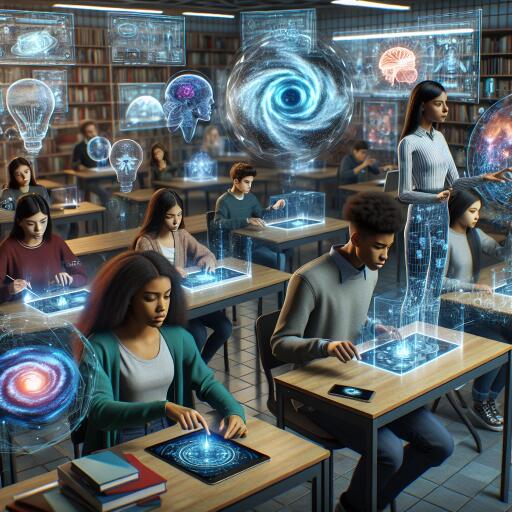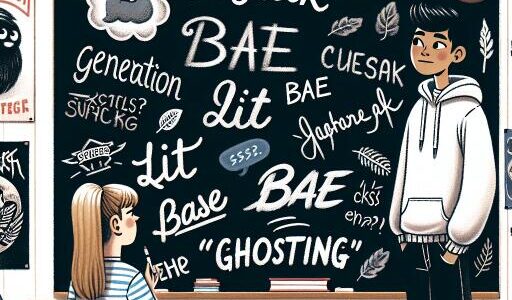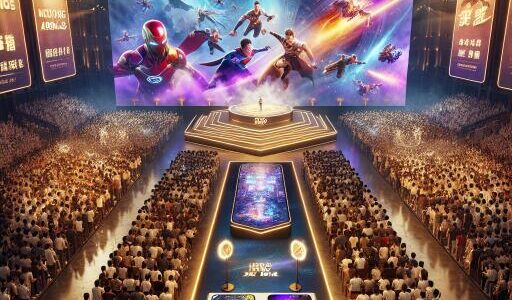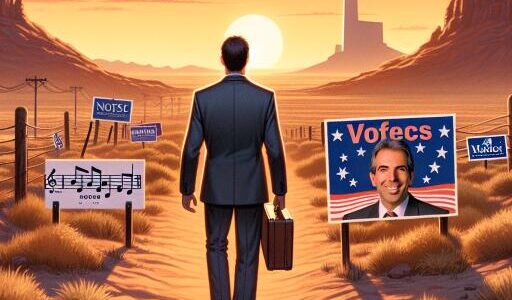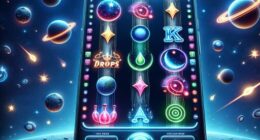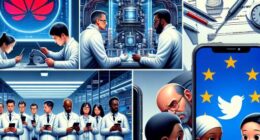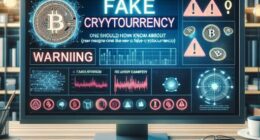‘You’re my only hope’: Embedding Holographic Learning Experiences into Teaching
The educational landscape is continuously evolving, with technology playing a pivotal role in shaping innovative learning pathways. Among these advancements, virtual reality (VR) stands out for its potential to enhance university education by allowing teaching activities that are otherwise too dangerous, impossible, counterproductive, or expensive to conduct in real-world settings. However, VR’s utilization in academia is not without its challenges, notably the steep learning curve for new users and the physical discomfort some individuals experience, such as dizziness and eye strain.
Emerging as a promising solution to these challenges is the advent of holographic technology. Holographic experiences in education aim to merge the immersive qualities of VR with a more inclusive and accessible approach. At the forefront of this innovative teaching method is the exploration of “box-type” displays within academic settings. These displays, both human-sized and table-top, utilize high-quality transparent LEDs and advanced lighting techniques to project lifelike 3D images of people or objects. This approach not only enhances the learning experience but significantly reduces the barriers faced by diverse university communities in accessing cutting-edge educational content.
One of the groundbreaking applications of holographic technology is in remote teaching. The practice of inviting guest lecturers and industry experts to share their knowledge with students is invaluable. However, the logistic and environmental costs of travel present significant challenges. Holographic technology can bring these speakers into the classroom in three dimensions, providing an engaging, socially present teaching experience without the distractions often associated with novel technologies.
In addition to transforming guest lectures, holograms open up new possibilities for live innovation teaching. Educators can control the pixels of the hologram to create various realistic scenarios for students to debate and explore. This could range from showing students modified versions of themselves to encourage discussions on diversity and body inclusivity to employing actors and interactive narratives that require students to make ethical or strategic decisions in real-time.
Student-generated content represents another exciting avenue for holographic technology. In creative disciplines, students can use this technology to bring the impossible to life, presenting themselves and their work in unforgettable ways. This not only enhances their learning experience but also adds a new dimension to degree shows and exhibitions, making them more memorable for participants and audiences alike.
Furthermore, the integration of holographic technology with artificial intelligence opens up opportunities for interactions with avatars that can represent historical figures, influential personalities, or even abstract concepts. This enables students to engage in dialogue, ask questions, and receive responses in a realistic and immersive setting, deepening the learning experience through contextualization.
As holographic technology continues to mature, its implications for higher education are profound. Both students and educators will need to develop new digital literacy skills to effectively navigate and leverage these immersive technologies. The next months are crucial for understanding the potential of holograms in education, as research and experimentation will provide valuable insights into how best to implement this technology for maximum impact on learning outcomes.
The inclusion of holographic experiences in teaching holds great promise for enriching the educational journey of students. By offering a more accessible and engaging way to explore complex subjects, holographic technology could play a crucial role in preparing students for the challenges of the future. As the academic community embraces this innovative approach, the possibilities for enhancing learning and teaching seem as boundless as the technology itself.

